
Puget Sound Shellfish
For over 75 years, Blau Oyster Co. has relied on Washington state's cool clean waters to grow the plump oysters that are as prized in the Northwest as salmon and orcas. But too much pollution from animal and human waste has been washing into Samish Bay in north Puget Sound, prohibiting shellfish harvests 38 days already this year.
Section:Picture story

In this June 17, 2011 photo, Adam Hernandez shovels oysters out of a truck bed for sorting at the Blau Oyster Co. Inc., on Samish Island, Wash.
Ted S. Warren Associated Press
Associated Press
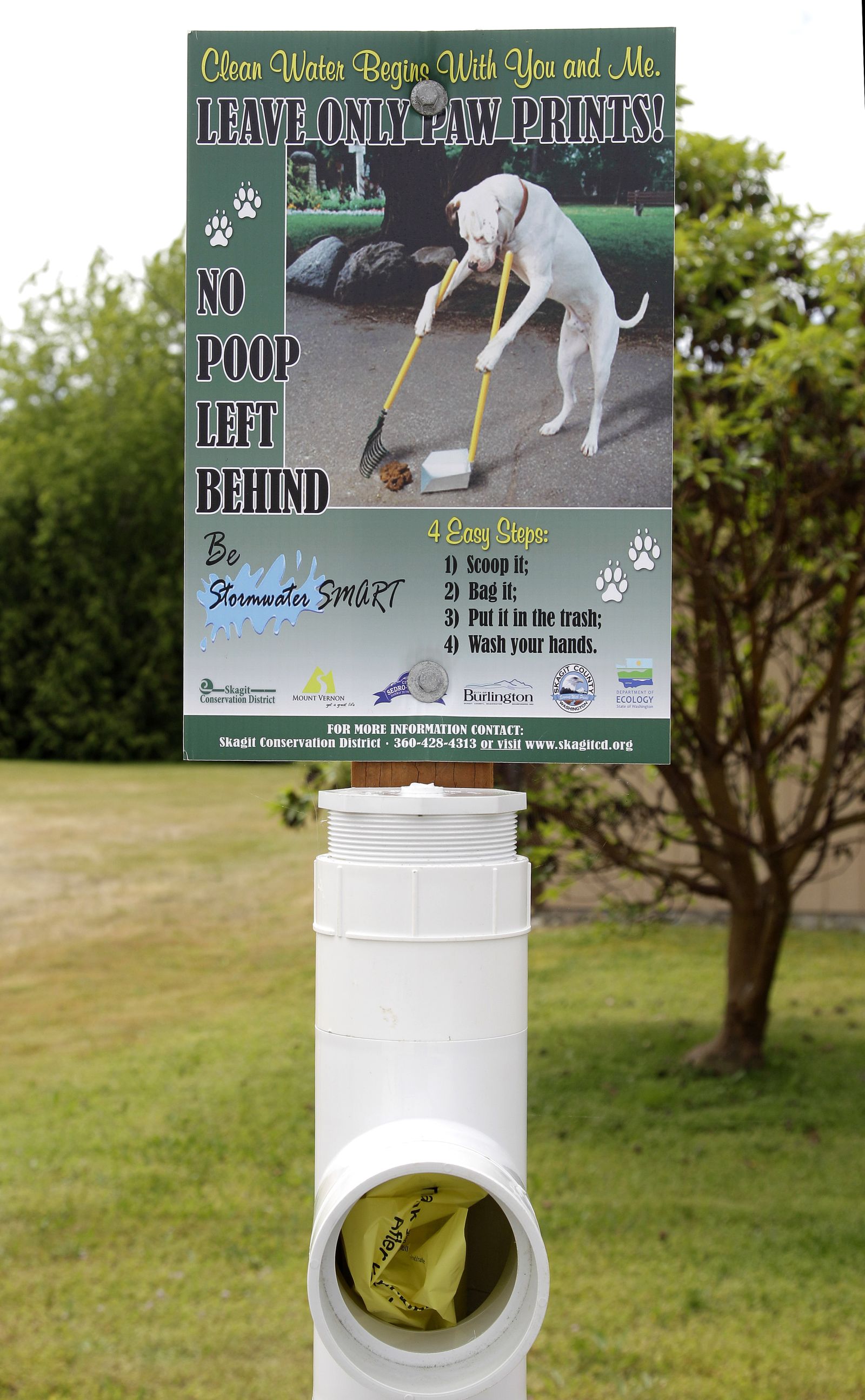
In this June 17, 2011 photo, a sign on Samish Island, Wash., encourages visitors to clean up after their dogs.
Ted S. Warren Associated Press
Associated Press
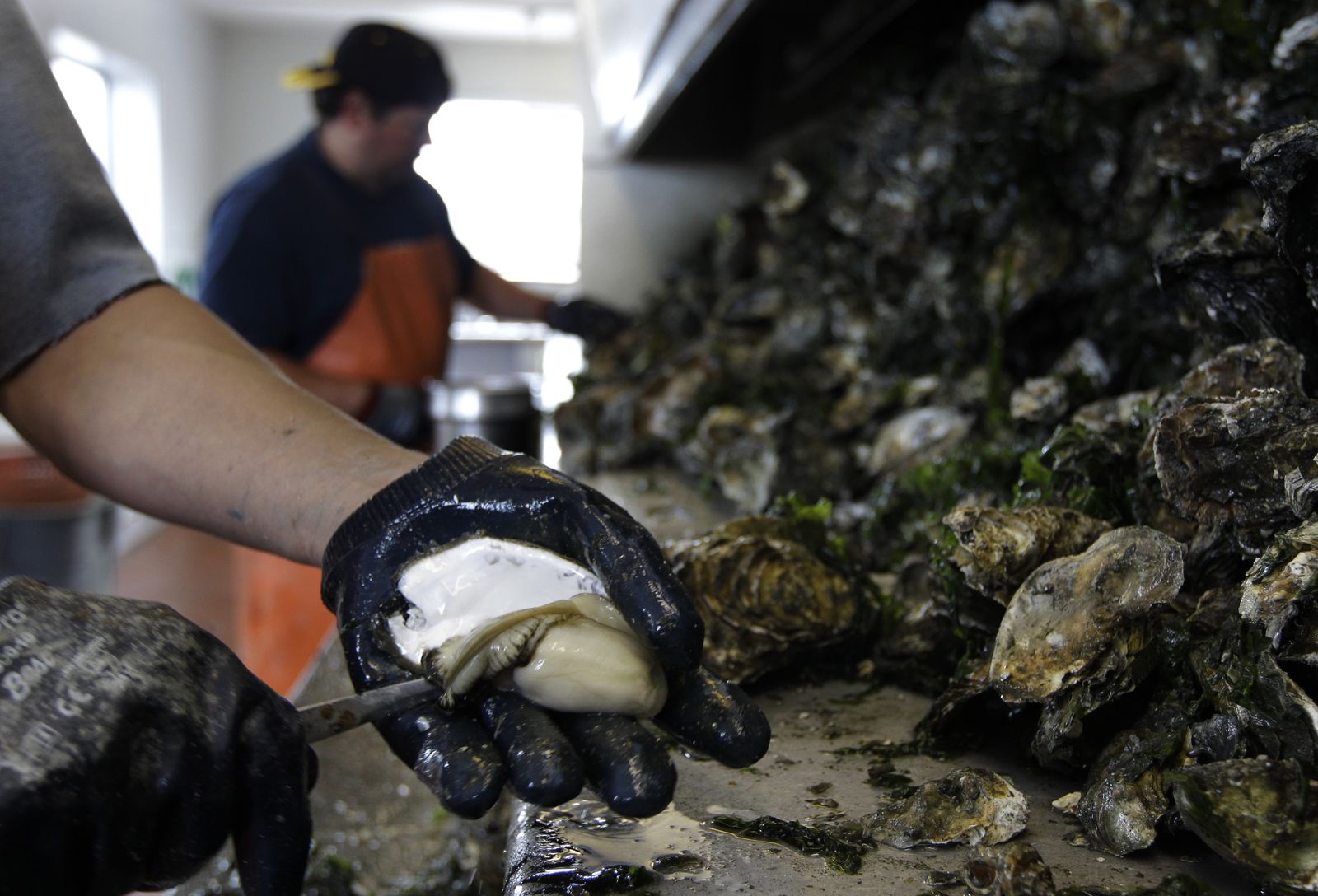
In this June 17, 2011 photo, Ismael Sosa shucks oysters at the Blau Oyster Co. Inc., on Samish Island, Wash.
Ted S. Warren Associated Press
Associated Press
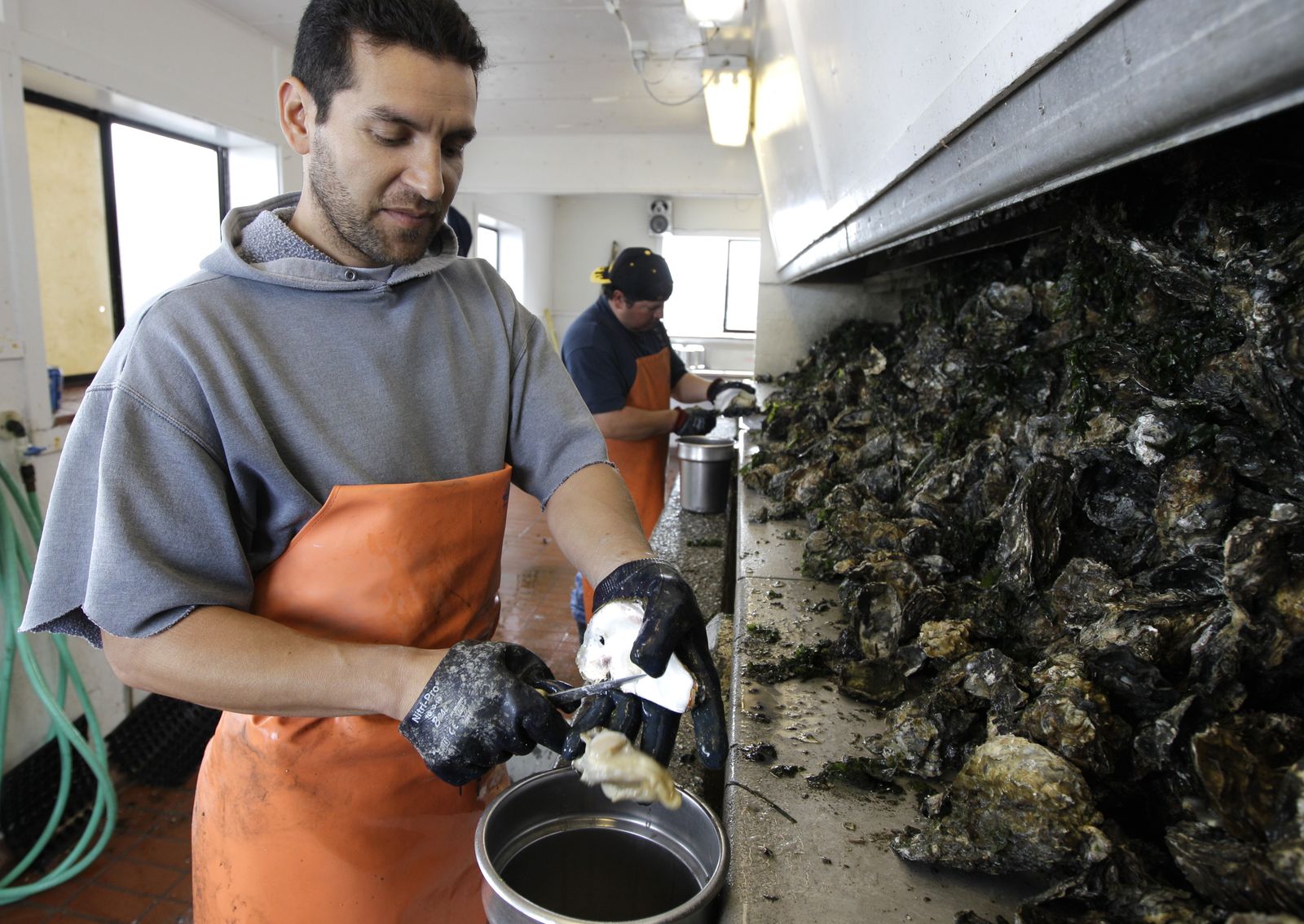
In this June 17, 2011 photo, Ismael Sosa shucks oysters at the Blau Oyster Co. Inc., on Samish Island, Wash.
Ted S. Warren Associated Press
Associated Press
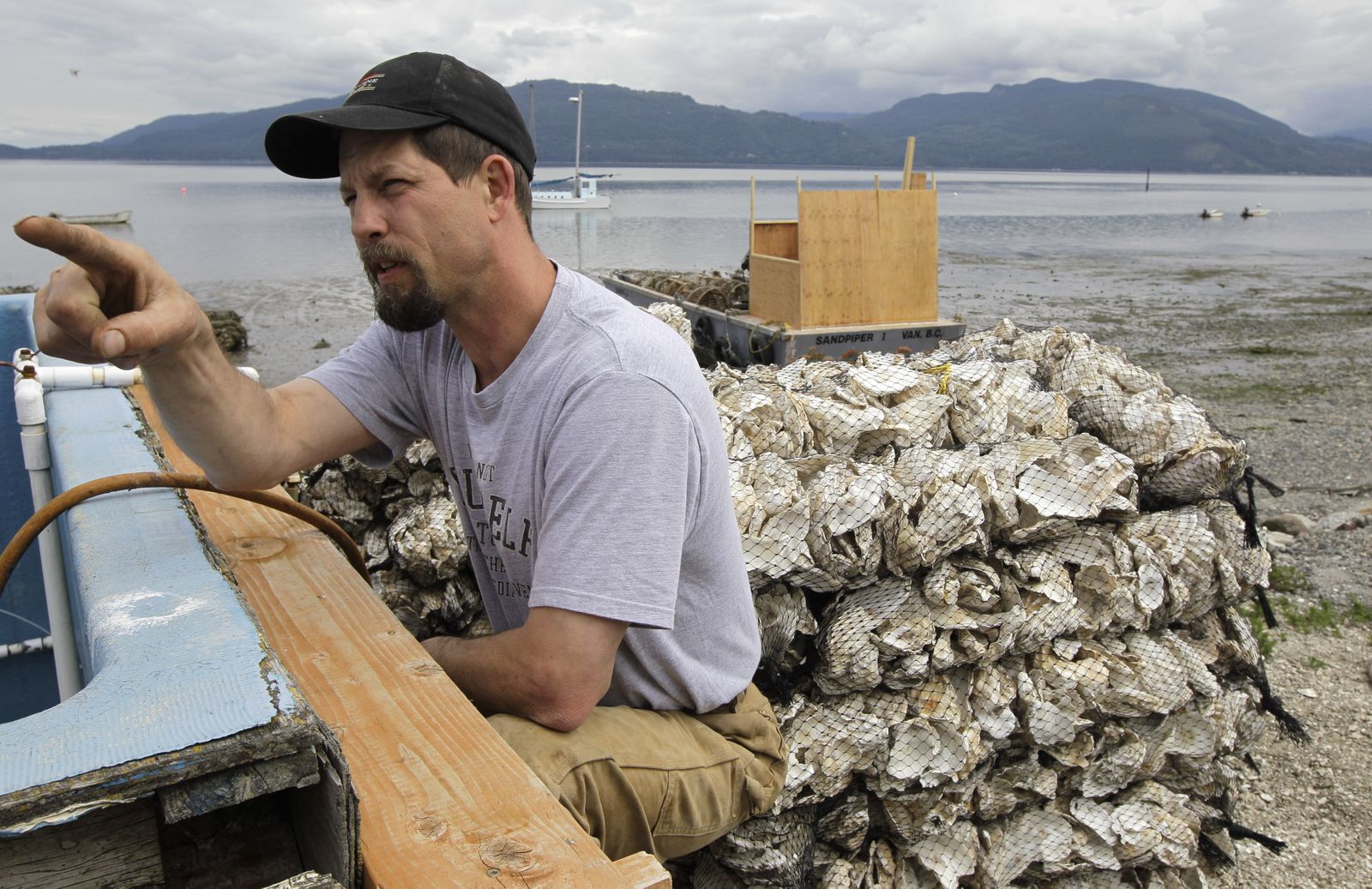
In this June 17, 2011 photo, Paul Blau sits near bags of oyster shells at the oyster farm that has been operated by his family for more than 75 years on Samish Island, Wash.
Ted S. Warren Associated Press
Associated Press
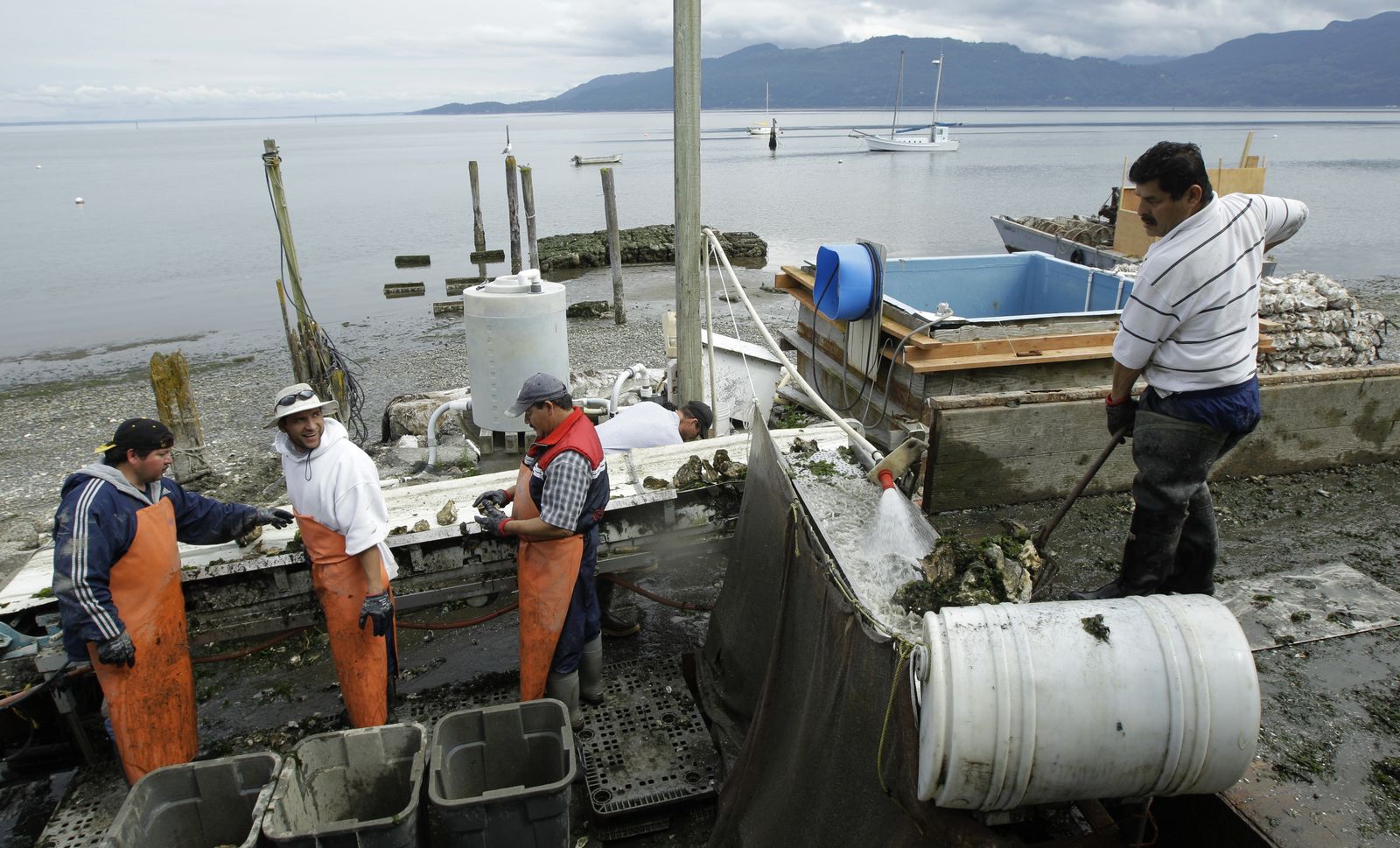
In this June 17, 2011 photo, Adam Hernandez, right, shovels oysters out of a truck bed so they can be sorted by, from left, Edgar Rodarte, Ismael Sosa, and Jaime Salazar, at the Blau Oyster Co. Inc., on Samish Island, Wash.
Ted S. Warren Associated Press
Associated Press
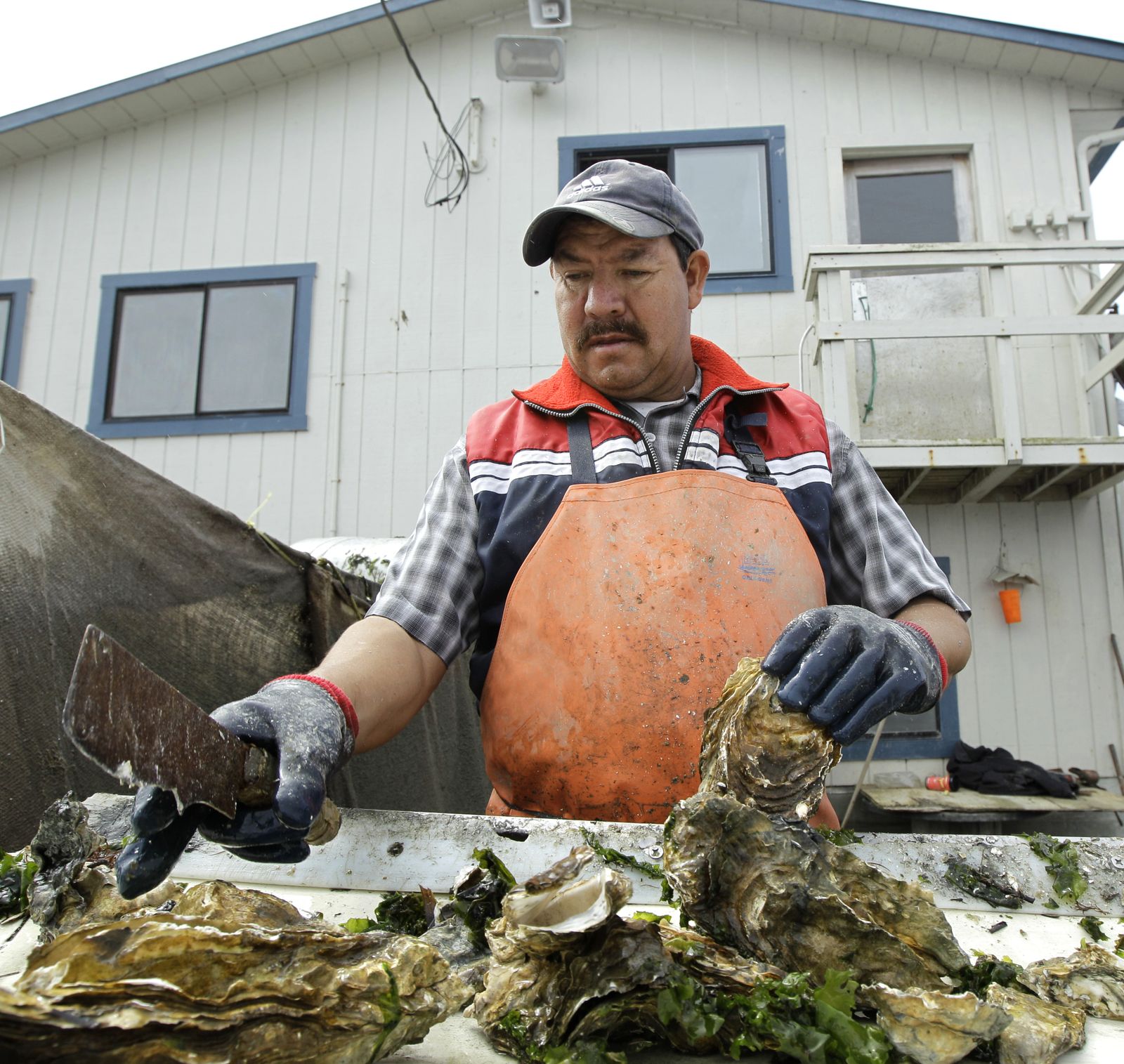
In this June 17, 2011 photo, Jaime Salazar sorts freshly harvested oysters, at the Blau Oyster Co. Inc., on Samish Island, Wash. Lately, too much pollution from animal and human waste has been getting into Samish Bay, closing shellfish harvesting for more than 35 days this year.
Ted S. Warren Associated Press
Associated Press
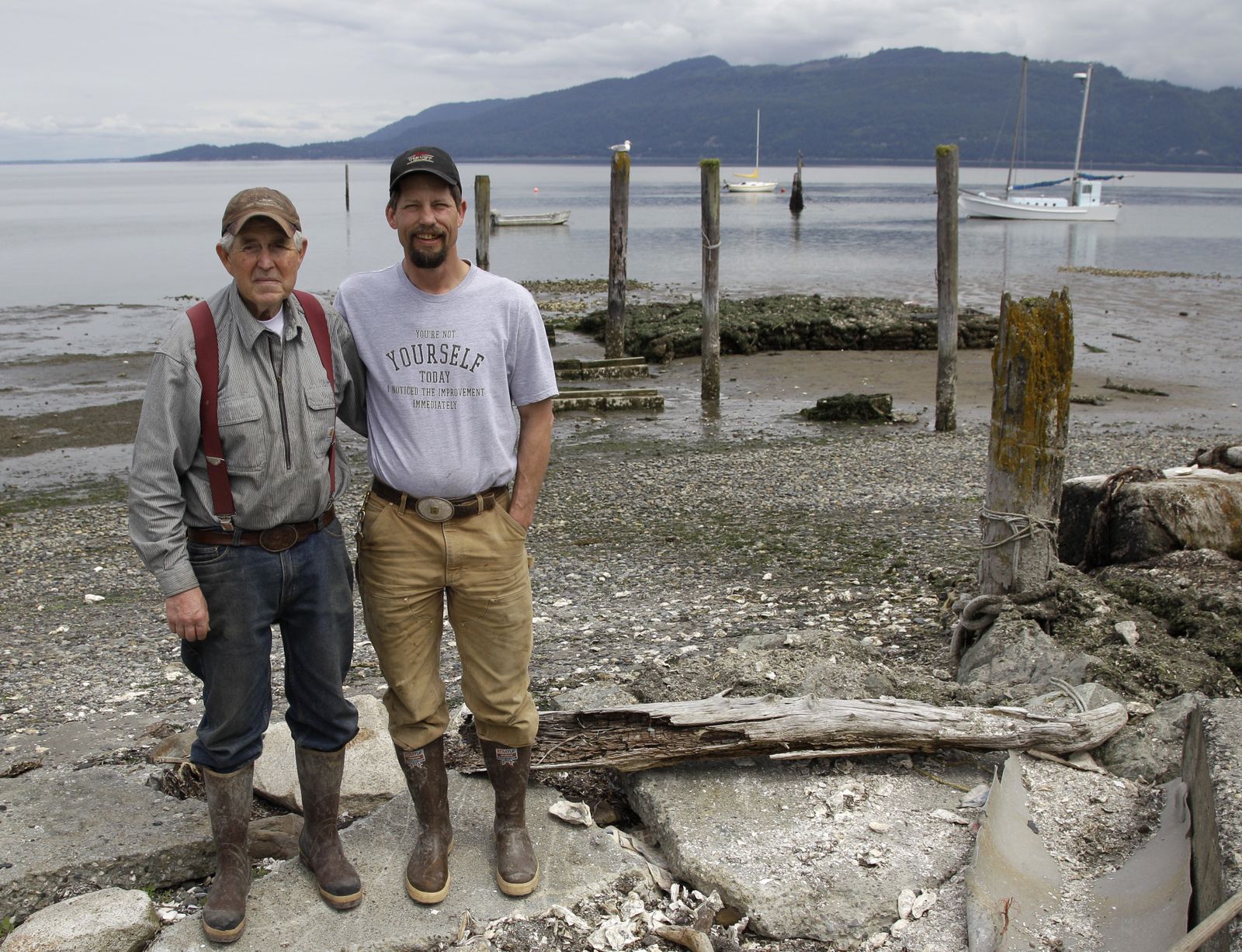
In this June 17, 2011 photo, Paul Blau, left, and his son Steven pose for a photo at the oyster farm that has been operated by their family for more than 75 years on Samish Island, Wash.
Ted S. Warren Associated Press
Associated Press